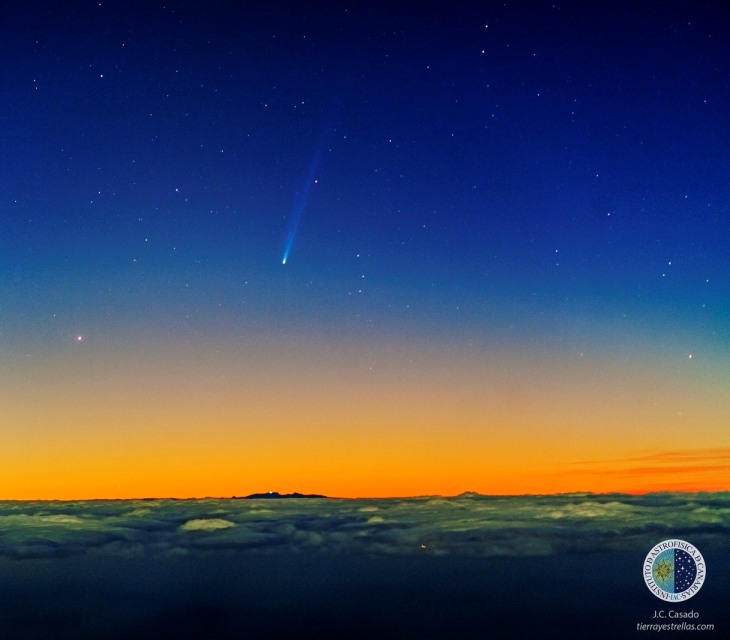Published on Dec 13, 2013
Large Solar Flares. Earth Will start passing thru this trail on Jan 12th thru the 19th.
Earth approaching objects (objects that are known in the next 30 days) | |||||||||
| Object Name | Apporach Date | Left | AU Distance | LD Distance | Estimated Diameter* | Relative Velocity | |||
| (2006 CT) | 10th December 2013 | 0 day(s) | 0.0629 | 24.5 | 92 m - 210 m | 5.12 km/s | 18432 km/h | ||
| (2009 XP2) | 13th December 2013 | 3 day(s) | 0.0516 | 20.1 | 24 m - 54 m | 7.15 km/s | 25740 km/h | ||
| (2008 TQ2) | 13th December 2013 | 3 day(s) | 0.1535 | 59.7 | 170 m - 380 m | 6.82 km/s | 24552 km/h | ||
| (2006 YV1) | 17th December 2013 | 7 day(s) | 0.1287 | 50.1 | 130 m - 280 m | 16.87 km/s | 60732 km/h | ||
| (2008 ON10) | 17th December 2013 | 7 day(s) | 0.1511 | 58.8 | 31 m - 68 m | 3.82 km/s | 13752 km/h | ||
| (2010 VA76) | 17th December 2013 | 7 day(s) | 0.1989 | 77.4 | 42 m - 94 m | 3.99 km/s | 14364 km/h | ||
| (2012 CL19) | 19th December 2013 | 9 day(s) | 0.0976 | 38.0 | 120 m - 260 m | 7.89 km/s | 28404 km/h | ||
| (2012 XL16) | 20th December 2013 | 10 day(s) | 0.1290 | 50.2 | 21 m - 47 m | 4.35 km/s | 15659.999999999998 km/h | ||
| (2005 YV128) | 22nd December 2013 | 12 day(s) | 0.1722 | 67.0 | 210 m - 470 m | 14.43 km/s | 51948 km/h | ||
| (2011 YD29) | 27th December 2013 | 17 day(s) | 0.0157 | 6.1 | 15 m - 33 m | 6.70 km/s | 24120 km/h | ||
| (2011 BT15) | 27th December 2013 | 17 day(s) | 0.0322 | 12.5 | 120 m - 270 m | 6.00 km/s | 21600 km/h | ||
| (2010 XZ67) | 28th December 2013 | 18 day(s) | 0.0639 | 24.9 | 310 m - 680 m | 8.82 km/s | 31752 km/h | ||
| (2009 XZ1) | 29th December 2013 | 19 day(s) | 0.0508 | 19.8 | 130 m - 300 m | 15.28 km/s | 55008 km/h | ||
| (2013 AH76) | 02nd January 2014 | 23 day(s) | 0.1899 | 73.9 | 70 m - 160 m | 12.46 km/s | 44856 km/h | ||
| (2013 VF13) | 05th January 2014 | 26 day(s) | 0.1864 | 72.5 | 150 m - 330 m | 10.03 km/s | 36108 km/h | ||
| (2013 UB1) | 05th January 2014 | 26 day(s) | 0.0725 | 28.2 | 180 m - 410 m | 10.38 km/s | 37368 km/h | ||
| 2062 Aten | 07th January 2014 | 28 day(s) | 0.1463 | 56.9 | 1.1 km | 10.25 km/s | 36900 km/h | ||
| (2012 HN1) | 07th January 2014 | 28 day(s) | 0.1993 | 77.6 | 11 m - 24 m | 4.96 km/s | 17856 km/h | ||
| |||||||||

 Skywatchers excited as Comet ISON approaches its big day in the sun
Skywatchers excited as Comet ISON approaches its big day in the sun NASA's STEREO Spacecraft Spots Comets ISON and Encke
NASA's STEREO Spacecraft Spots Comets ISON and Encke NASA's awesome GIF shows comets ISON and Encke in a race
NASA's awesome GIF shows comets ISON and Encke in a race ISON, Encke, Mercury, and Home
ISON, Encke, Mercury, and Home Comet ISON on NASA's fleet! ISON is MASSIVE LARGE!
Comet ISON on NASA's fleet! ISON is MASSIVE LARGE! NASA hung by their own cameras ISON is way bigger than Encke!
NASA hung by their own cameras ISON is way bigger than Encke! What are the odds? On Nov. 18th and 19th not one but two comets will fly by the planet Mercury.
What are the odds? On Nov. 18th and 19th not one but two comets will fly by the planet Mercury. Comet Ison Update
Comet Ison Update